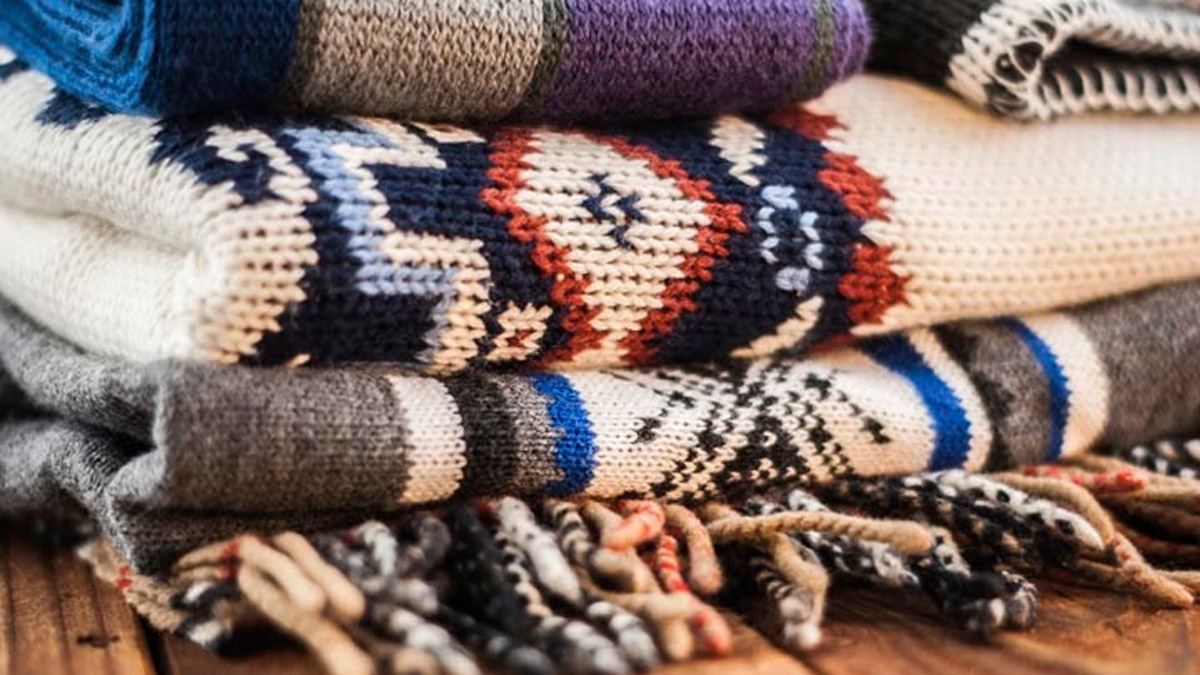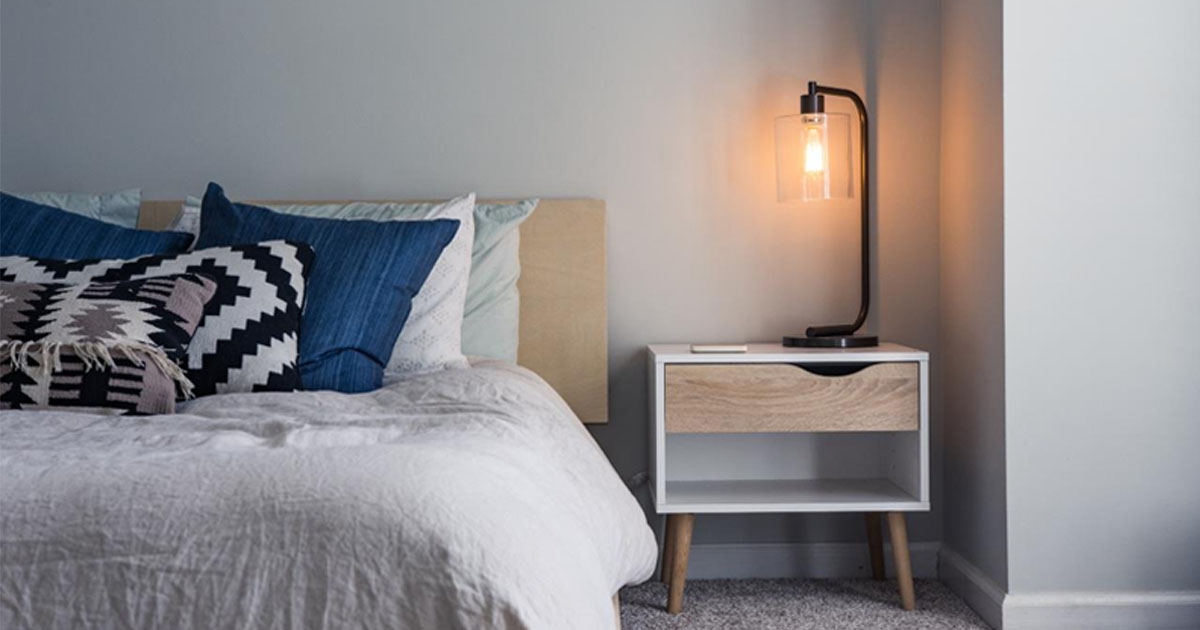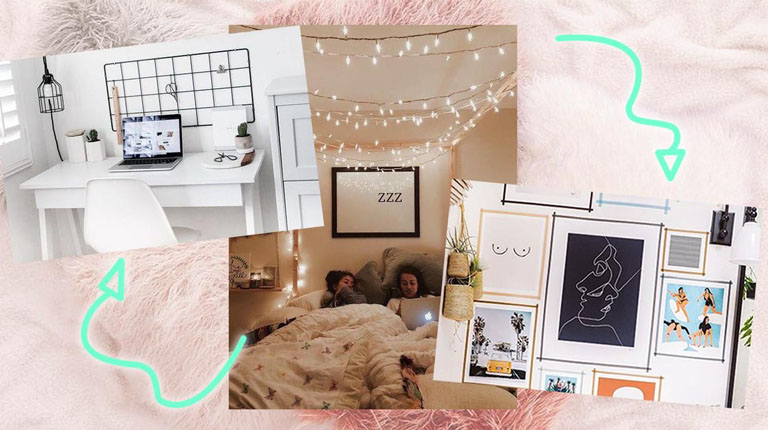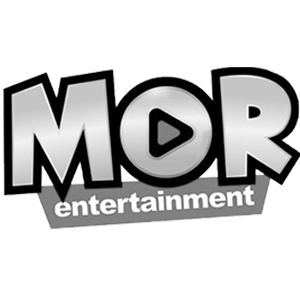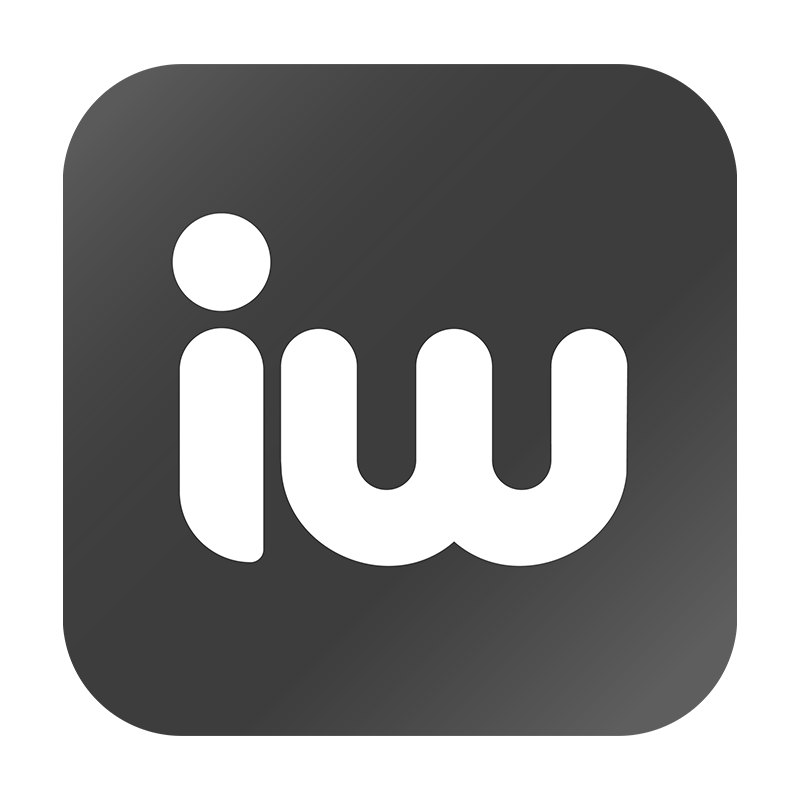KUBO Balikbayan Guide: Tips To Get You Started On A Hassle-Free PH Trip

While nothing feels more familiar than returning to the Philippines after a long time living abroad, especially over the holidays, KUBO understands that visiting Pinoys have a lot of practical questions about their trip and certain concerns that make coming back home seem a bit daunting. To help you navigate your homecoming with ease, we made a comprehensive list of things to know and remember to ensure a smooth and enjoyable trip:
Arrival
E-Registration: Instead of the old arrival card, the Philippine government has now transitioned to a new e-Travel Registration, which passengers arriving in the PH may access via etravel.gov.ph. Register online before your flight to avoid delays at PH immigration.
Airport: In case you missed it, PH airport assignments have changed. When traveling to and from the Philippines, check your terminal assignment to make sure your hatid or sundo go to the right place. Learn more in this report.
Airport transfers: Arrange for airport pick-up and drop-off services like Avis Philippines for a hassle-free arrival and departure. You may download the Avis PH app on App Store here or Google Play here.
Cash Concerns
Currency exchange: Czarina and Sanry’s are reliable and trusted options for exchanging foreign currency to Philippine peso and back. Both have branches in key establishments around Metro Manila. Try to change your foreign currency while in Metro Manila before traveling to other parts of the country, especially to remote areas that are away from a metropolis that would have big banks or malls. If you can, ask a trusted and willing relative to prepare Philippine pesos for you that you can exchange for your US dollars at the current exchange rate (as of this writing, it’s around Php56 to $1).
Daily expenses: Excluding major expenses like accommodation and travel, you can expect to spend around $50 daily on food and miscellaneous needs, including transportation from point to point if you’re not driving. Staying in Metro Manila, especially in central business districts like Makati, Ortigas, and Bonifacio Global City, can be expensive; some might even say you spend as much while dining, shopping, and staying in these places as you would in San Francisco, New York, or Vancouver, depending on where you go.
Cash is king: While credit cards are generally accepted in restaurants, retail shops, and various establishments where you need to make payments, it’s still wise to bring enough cash for smaller transactions, tips, and shopping at places like Greenhills, local markets, mom-and-pop shops, and for when you’re open to trying some street food. Aim for at least $500-$1,000 for a two-week stay, covering transportation, tips, and miscellaneous purchases.
Still, you can go cashless: The Philippines is quickly catching up on cashless options. Credit cards and mobile payment apps like GCash and Maya are widely accepted in retail stores, restaurants, and various other establishments you’ll need to visit. (You can download GCash for Android here and Apple here. Download Maya here.) Most retailers and restaurants also accept US-issued credit cards. Make sure to ask the staff just in case. For more information on e-wallets, mobile payment apps, and other cashless options to use while in PH, check out this KUBO exclusive report on digital finance.
What to do with loose change: You arrived in PH with dollars, you’re left with spare change after a Philippine holiday. Yes, we’ve seen the memes. Good thing there are special machines where you can convert them into more shopping money. Learn more about Coin Deposit Machines here.
Getting Around
Private cars: If you don’t have a car back in PH and family and friends cannot drive you around, you can always rent cars or book rides from ride-hailing apps like Avis or the more popular Grab, which tend to be safer and more reliable than public transport. Grab is your typical ride-hailing app like Uber (which no longer operates in PH), where you can book a car to pick you up right at your location so you don’t have to haggle with taxi drivers. Download Grab from Google Play here and App Store here.
Walking it out: Certain areas in Metro Manila, like BGC, Alabang, Ayala Center (where Greenbelt is), and Rockwell Center are safe to walk around in. Feel free to enjoy the outdoors and explore the country’s busiest areas with your loved ones.
Public transportation: While not as efficient as other options, public transportation like jeepneys, buses, and train lines (MRT and LRT) are affordable and offer a glimpse into local life. Make sure to have loose change if you opt to take these modes of transportation, and prepare for long queues (or when there’s a lack thereof). Think: siksikan at tulakan (getting crushed in a pushing crowd).
Plan your trips: We don’t want to sugarcoat it, so you’re mentally prepared: Traffic can get terrible—in, to, and from Metro Manila; as well as in other cities around the country like Tagaytay, Metro Cebu, Iloilo City, Baguio City, and Davao City—especially during rush hour and throughout the holiday season. Avoid major thoroughfares if you can, and avoid traveling during rush hour (8 a.m. to 10 a.m. and 5 p.m. to 8 p.m.). Research traffic patterns and plan your trips accordingly to avoid getting stuck in congestion. Having Google Maps on your phone will help prepare you for the journey, as it shows the traffic flow (try to avoid roads marked red), how long your trip will take, and your estimated time of arrival. It also helps you navigate unfamiliar roads (whether you’re driving, getting driven, or commuting) or even discover hidden gems. Download Google Maps on Google Play here or App Store here.
Connectivity
Telecommunication services/mobile data: Check if your US carrier offers free or discounted roaming plans in the Philippines. If not, you may purchase a prepaid SIM card with data upon your arrival. Learn more about local SIMs and internet connectivity in PH in this story. Also check out apps you must download for your PH trip, here.
Internet: If you’re staying in a hotel, most would have free WiFi for guests. A lot of restaurants and cafes around the PH also offer free WiFi. However, there are still a lot of areas around the country where internet is not easily accessible. If your mobile plan or local SIM does not have enough data coverage for your connectivity needs, you may want to explore getting a pocket WiFi, like this one you can rent via Klook.
Playing Tourist
Apart from going to your hometown, do you plan to explore other destinations around the Philippines with your friends and family? You may want to download the Travel PH app by the Department of Tourism, which recommends activities, accommodations, and food to try when visiting different locales in PH. Also check out some of our travel guides to the most popular spots, activities, and festivals around the country that you may want to add to your itinerary (you’ll find updated destination guides on our Explore & Experience section):
- Boracay
- Bacolod
- Philippine Dive Sites
- Kalibo’s Ati-Atihan Festival in January 2024
- Metro Manila
- Bonifacio Global City (BGC) in Taguig
- Nightlife in Poblacion, Makati
- Nuvali in Sta. Rosa, Laguna
- Oslob, Cebu
- Metro Cebu (Find more Cebu guides here, including one for Sinulog Festival!)
- Bohol water activities
- Churches to visit around the Philippines
If you’re thinking of getting an Airbnb instead of a hotel, you may want to read up on the short-term rental business landscape in PH, and check out some units in Boracay and Siargao in this KUBO report.
Other Things You Might Want To Know
Water warning: Be mindful of drinking water and avoid consuming ice from unreliable sources. Stick to bottled water for peace of mind. And do not drink water from the sink.
Emergency meds: Pack prescription medications you have for specific health concerns. It’s also better to pack essential meds for common ailments like colds, headaches, fever, and stomach upsets. However, for emergency situations, only get local over-the-counter meds from hospitals or reputable pharmacies like Mercury Drug and Watsons.
Pasalubong: If you’re looking for pasalubong or souvenirs to bring back abroad with you, check out our handy guide for what to buy and where to shop in and near Metro Manila, and watch for our Cebu Pasalubong Guide, coming in January.
Beauty treatments: We know Pinoys visiting from abroad love getting various beauty, wellness, and pampering treatments done while in the country, where costs are relatively lower and service is hands-down better. Check out our Pampering & Wellness guides to beauty upgrades and services like eyebrow embroidery that you can get done while here. Watch for more beauty treatment guides based on how long you’re staying in PH.
Senior citizen card: Are you 60 or older and happen to still be a PH citizen or dual citizen? You may want to claim your senior citizen card so you can avail its perks and discounts while you’re in the country. Learn more here.
Business prospecting: Are you thinking of starting a business or buying land for investment or retirement while you’re on your PH holiday? You may want to visit and bookmark our Homeland Opportunities section for articles on PH investment, business ideas, and even answers to legal questions on real estate and taxation concerns, soon.
While this guide is a great starting point for planning your PH trip, also try to embrace the Filipino spirit of “bahala na” (come what may). Don’t get stressed over minor hiccups. Instead, enjoy the spontaneity and unexpected adventures that come with traveling back to your homeland.






For more stories, visit https://kubo.com.ph/.
Follow KUBO on Facebook, IG, X, YouTube, and TikTok.


